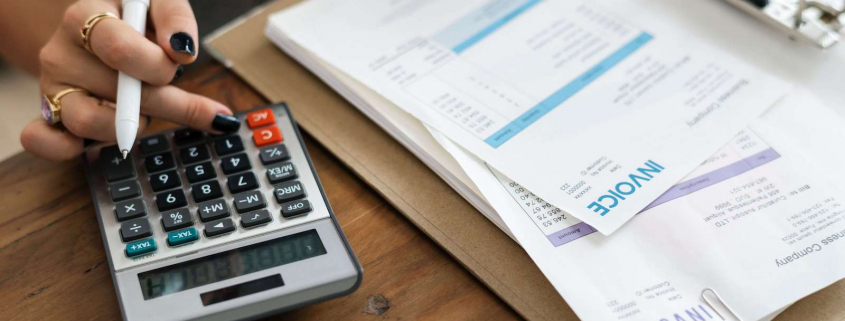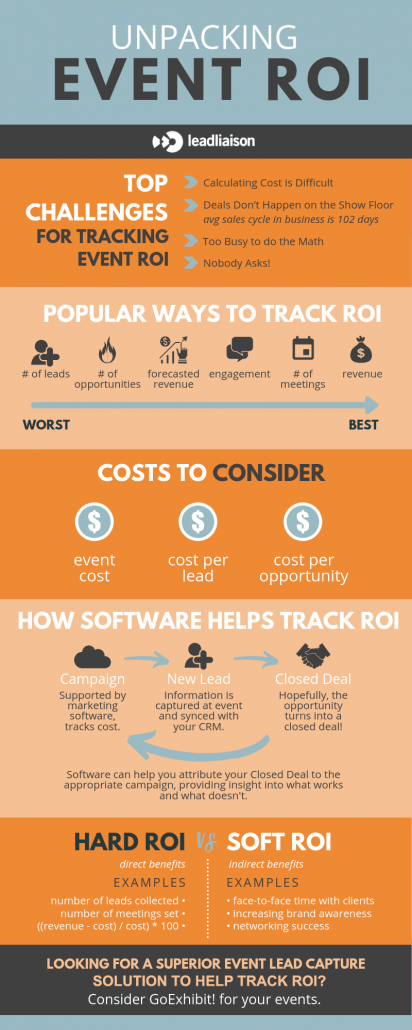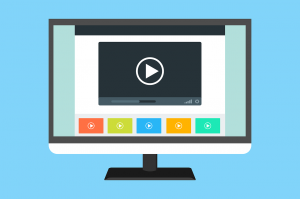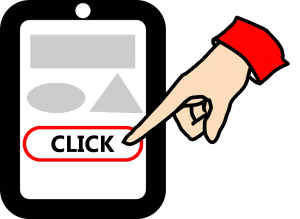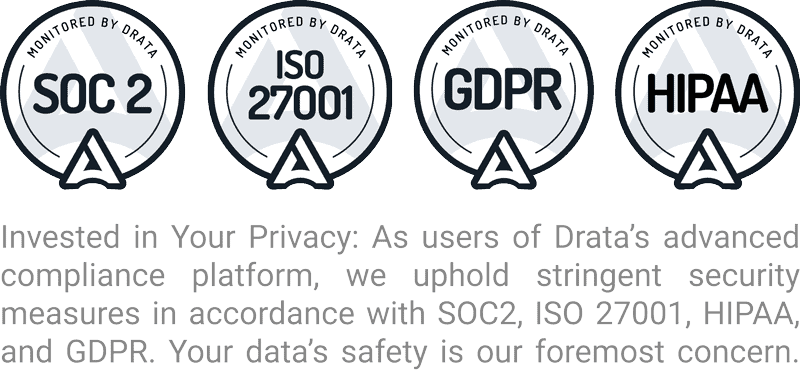Case Study: Event Activations with Universal Lead Capture
Case Study: Event Activations with Universal Lead Capture
In this case study, we discuss some common pitfalls in event preparation, participation and execution. We’ll also take a look at how Event Activations with Universal Lead Capture can add layers of protection to these types of investments, and increase ROI at any virtual, live or hybrid event such as a webinar or trade show.
It’s important to do some research on the event organizer before the event. Do you have a history with them? Have they delivered consistently? What do other participants have to say about their experience with this show organizer as show sponsors or exhibitors?
What if the organizer has a great sales team but delivers a poor marketing or event management experience?
We’ve all been in a conversation with a salesperson who promises the moon and stars to get us to sign on the dotted line… And many have signed-up based on expectations implied from a conversation with sales. Unfortunately, the sales team isn’t responsible for delivering goods and services… Marketing and event management are however, and there can be a great divide between the pitch and the delivery!
Document Your Expectations Prior to Paying
Documenting your expectations from verbal agreements at the beginning of the process can be difficult, especially if you’re in a hurry to meet submission, material, or payment deadlines. Remember, if you don’t get it in writing, then you can’t enforce expectations or seek reparations.
In this case study, conversational expectations were:
- The webinar would have a maximum of 4 sponsors.
- This would be a single-day webinar event.
- The expected turnout for this event would be 400-600 live attendees.
We paid top dollar to participate, with those expectations. In fact, the organizer forced another year of paid participation in their online directory (which netted us zero leads during the previous 18 months) in order to be eligible to participate as a sponsor in this webinar, and we agreed to the terms so we could participate in this opportunity to demonstrate our solutions to our ICPs for 8 minutes.
In preparation, we:
- Produced a 3 minute video demonstrating the benefits of our platform and solutions, plus interview Q&A to showcase the solutions that would benefit our ICPs the most.
- Developed marketing strategies, multi-channel campaigns, follow-up campaigns & workflows.
- Incentivized event participation with $350 in gift card rewards.
- Established business development processes for post-event follow-up.
- Held meetings with the event organizer, event host, and sales representatives, as well as multiple internal planning meetings.
Delivery, however, wasn’t quite as expected. What we actually received was:
- An event overpacked with 10 sponsors
- A two-day webinar series
- A last place position on day one
- 192 live attendees on day one
The webinar organizer was raking in money from 10 sponsors, so why stop at 4? Unfortunately, from a sponsorship perspective, too many conversations just diluted all our messages and undermined the value of participating.
As one of the first interested sponsors who prepaid and submitted materials by deadline, surprised us by asking, “which day” we wanted to participate in after we had already established, and paid for, a particular date. It was like they were hinting that they wanted to push us to day 2, which they never mentioned from the beginning… So we stuck to our guns and chose day 1, and they placed us last in line for day 1.
At this point, we were committed to an event. We had seen no email promotions go out from the organizer, and decided to take success or failure into our own hands…
Ensuring success despite under-delivery
Prior to important events, good team members will be at high alert and hoping for the best. But what if the event organizer under-delivers on expectations?
Prepare for the worst, hope for the best.
- Involve partners to help boost campaign reach and share costs.
- Market the event as if you are the only voice promoting the event. Success is your responsibility, not the event organizer’s, even if they are disorganized or fail to meet your expectations.
- Employ solutions that give you control and flexibility in case the worst case scenario becomes a reality.
Pre-event marketing from the webinar organizer was not strong.
The organizer promoted the event in their newsletter a week before the event to 27,149 recipients.
They sent a dedicated email promotion out four days later to 41,772 recipients.
They sent the same dedicated promo to an additional batch of 14,113 recipients 2 days after the first.
As a single sponsor, Lead liaison sent email and social media promos to over 80,000 recipients and drove just over 1,500 page visits to the organizer’s webinar registration page. We partnered with two virtual event platform leaders, providing them with email, social media and graphical assets to further boost messaging and share costs as well as brand exposure.
How many people registered? 306
How many attended? 192 live attendees
Attendee demographics – what type of attendees?
55% Corporate Marketer / Event Professionals (our ICP)
29% Industry Supplier (partnership opportunities)
16% Other
Distinguishing your experience from the competition:
Realizing we were up against 4 competitor sponsors late in the game didn’t really phase us, because we knew our solutions would speak for themselves, and we had a secret weapon none of the others had: live event activations with universal lead capture.
We were going to present our solutions, then let attendees participate in our experiences, saturate them with our brand and messaging, entice them with instant gift card rewards, and capture them with universal lead capture – before they could finish hyperventilating from all the fun they were having.
Lead liaison’s event activations increase engagement
On average, marketing and event professionals see a 35% increase in engagement in the form of booth visits, virtual experience visits, and campaign conversions.
How we distinguished Lead liaison from the competition:
- Promoted opportunity to win up to $200 in gift card rewards at the end of the event to encourage people to stick around for our presentation
- Invited live participation from all attendees by offering a game they could play.
- Invited the host to play live while participants watched.
- Offered instant e-gift card rewards to the leaderboard top 3 winners.
Yes, we were last in line to present that day, but the innate desire inside people to win kept the crowd around to discover what Lead liaison was all about.
Lead liaison’s event games and rewards drove the participants into an instantly immersive experience. As the last of 4 sponsors of an event with 192 live attendees, analytics reported 135 game plays. At the end of the experience, 82 unique leads submitted contact information to learn more about Lead liaison Games, Gift Card Rewards and Universal Lead Capture.
That’s nearly 43% of all attendees present and 61% of all who played our branded game experience.
Lead liaison’s Universal Lead Capture retrieved the leads and delivered them immediately into our CRM.
Before anyone on the webinar clicked the “Leave” button, our lead management solutions were busy scoring and assigning our new leads, adding them to customized, well thought out follow-up workflows. Prospects were getting personalized emails from our Business Development Director along with information that they requested to help them in the decision making process.
Unfortunately, because of a system glitch, the organizer’s lead capture solution failed to collect any leads for the other sponsors. In an effort to recover vital lead data for the other sponsors, the organizer was forced to send out another email communication asking event participants to respond to a survey to indicate which sponsors they were interested in receiving information from.
This process cost 2 additional days, and while 4 other sponsors were relying on the organizer to send them their lead data, we were deep in conversation with our new leads.
Lead liaison Universal Lead Capture gave us the data we wanted, when we wanted it, and the first mover advantage.
Days later, we received an additional 44 leads from the organizer’s follow-up survey (about half compared to our gamified lead capture experience) from the webinar inquiry, which we were able to compare with our own lead capture list and follow up with immediately.
Follow up with incentives and offers
In addition to personalized email and telephone outreach, follow up days ahead of the competition.
We earned the right to land participants’ inboxes by announcing the 1st, 2nd and 3rd place winners, offering free downloadable resources, and opportunities to get started with an exclusive discount on our solutions.
What sort of ROI would we have seen if we had trusted the show organizer with promotions & leads?
Ask the other sponsors…
Important Takeaways
NEVER:
Trust your event data with someone else.
Wait days for your precious lead data.
Miss an opportunity to follow up – FIRST!
Pay per-user fees for lead capture.
Lead liaison promises to save you from all this, plus:
The ability to OWN the first-mover advantage at every event.
Drive significantly more traffic to your booth, presentation, or digital experience.
Provide you an ALL-IN-ONE SOLUTION to run your events.
Empower your entire team with Universal Lead Capture that works anywhere – any time – all the time.
For information about Lead liaison for your next event or marketing campaign, or to get started with Lead liaison: CLICK HERE.
Lead liaison is a multifunctional event platform that provides: Universal Lead Capture, User Customizable Gamification, Marketing Automation, CRM, Lead Management, Sales Enablement, Leader Boards, Point Rewards & e-Gift Cards, Waypoints for Sessions & Scavenger Hunts, Player Profiles, and more with over 3,000 integrations for all common CRM and Marketing Automation platforms.
To see how Lead liaison’s growing library of digital activations (games), universal lead capture, and reward-based solutions can help your company generate more leads at your trade shows, contact us today!

